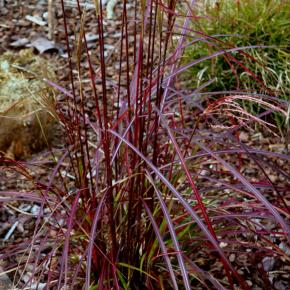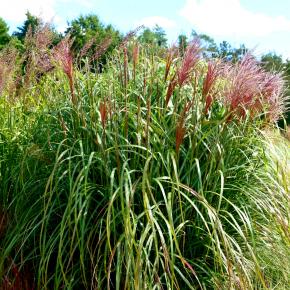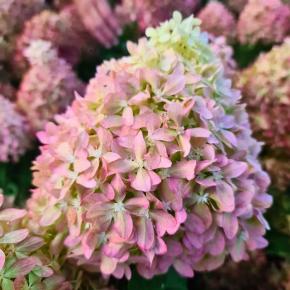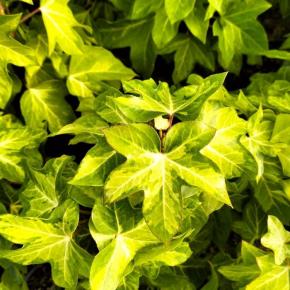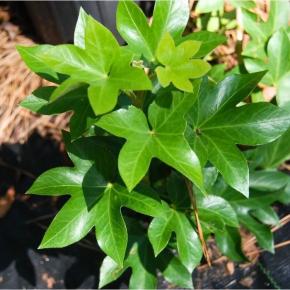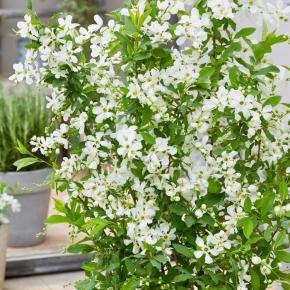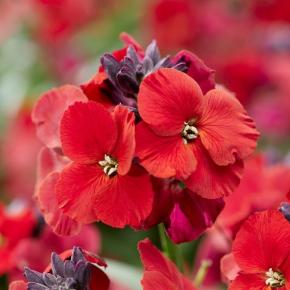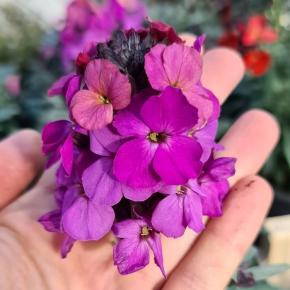Elegant and airy, Miscanthus sinensis Flamingo stands out for its fine foliage and soft pink flower panicles that sway gracefully in late summer. This ornamental grass offers excellent vertical structure, exceptional autumn colors, and high resistance to diseases, making it an ideal choice for contemporary landscaping and low-maintenance plantings.
|
Packaging
To find out more about our packaging, please visit our young plants' page available from the website header.

|
Available quantity | Dispo à partir de | Sold by | Desired quantity | |
|---|---|---|---|---|---|
|
Packaging
GT9
To find out more about our packaging, please visit our young plants' page available from the website header.

|
Available quantity 600 | Dispo à partir de Immédiat | Sold by min 10 |
|
|
Characteristics of Miscanthus sinensis Flamingo
Native to East Asia, Miscanthus sinensis Flamingo is a tall, clump-forming ornamental grass known for its graceful habit and changing seasonal interest. Its narrow, green leaves form dense, arching tufts, while its soft pink inflorescences emerge in late summer, gradually fading to silvery-white. Highly hardy and tolerant of various soil types, it maintains an elegant silhouette throughout winter, providing both texture and movement in the landscape.
How to use Miscanthus sinensis Flamingo ?
Thanks to its height and striking flower plumes, Miscanthus sinensis Flamingo is ideal for use as a focal point in perennial borders, in mixed plantings, or as a natural screen. It performs equally well in large containers for patios and terraces, provided the root system has enough depth. Its ornamental qualities make it a perfect companion to late-blooming perennials, while its autumn and winter structure provides visual interest when most plants have died back.
Cultivation guidelines for Miscanthus sinensis Flamingo
Plant Miscanthus sinensis Flamingo in well-drained, moderately fertile soil, spacing clumps 80–100 cm apart to allow for full development. It thrives in full sun and tolerates a range of soils, including sandy or clay substrates. Water regularly during the first year to ensure establishment, then only during prolonged drought. Cut back old foliage to 10 cm above ground level in late winter before new growth emerges. Apply a balanced fertilizer in spring to promote vigorous growth and abundant flowering.


